Around the world in 40 designs: The best furniture, country by country
Enjoy our tasteful guide to the best nation-focused furnishings to add style and authenticity to your home.
Japan, for oustanding craftstmanship
Merging minimalist designs with innovative techniques, Japan’s artisan furniture-makers, renowned for their work with timber, create wares that are as durable as they are beautiful. To buy Japanese is to invite a legacy of outstanding craftsmanship into your home.
1.
N-T01
by Norm Architects for Karimoku Case, 2022
This drinks trolley is a collaboration between Denmark’s Norm Architects and Japanese furniture manufacturer Karimoku. A beauty on wheels, it comes with a paper-cord-wrapped oak handle and takes its form from the umbrella racks that stand at the entrances to many Japanese temples.

2.
Kigo Side Table 70
by Gam Fratesi for Koyori, 2024
Copenhagen-based studio GamFratesi drew inspiration from the organic forms and rich textures of Isamu Noguchi’s mid-century stone sculptures for its Japan-made table series. Light oak and dark walnut evoke the harmony of nature, while the skilled human touches that finish these small tables make for seamless, smooth surfaces.

3.
1AD Akari light
by Isamu Noguchi for Ozeki Lantern, 1951
Japanese-American sculptor Isamu Noguchi started designing his Akari lights in 1951 and they’re still handmade with washi paper and bamboo ribbing in the Gifu workshop of Ozeki Lantern. Noguchi compared the Akari’s soft glow to “the light of the sun filtered through the paper of shoji”. There are many sizes and shapes but 1AD is a good start.
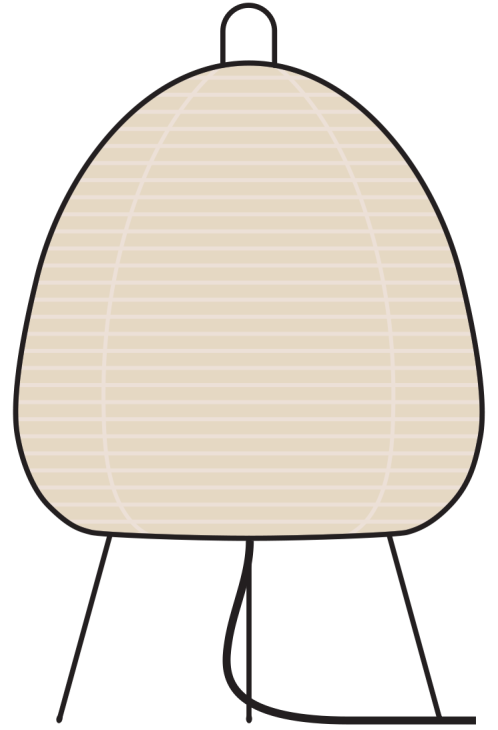
4.
Three-legged Drawer
by StudioYO, 2023
This made-to-order piece reimagines traditional storage, stripping away the outer casing to reveal a set of drawers supported by three legs. The effect is a cabinet system that appears to be floating, blurring the boundary between design and art.
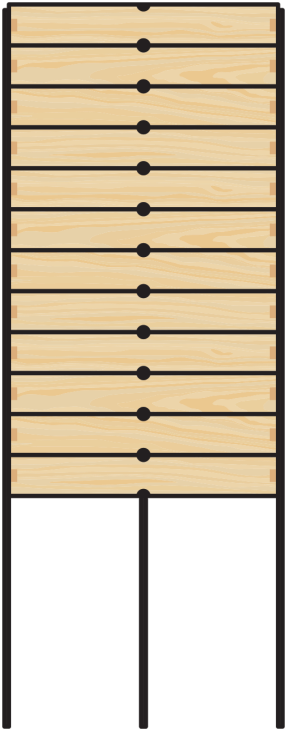
5.
Elephant Stool
by Sori Yanagi for Vitra, 1954
With a masterly blend of functionalism and tradition that’s difficult to beat, Sori Yanagi set the standard for Japanese product design. His work on everything from cutlery to pots and pans are as fresh today as ever. This stackable stool from 1954 can be used either indoors or outdoors. It can be a seat or a side table, is easy to clean and will last for years. Another Yanagi classic.

6.
Mushroom Stool
by Yamanaka Design Group for Tendo Mokko, 1961
This moulded-plywood masterpiece is so complicated to make that even though it won a competition in 1961, it didn’t actually go into production until 42 years later. A small piece in natural grain teak, it encapsulates so much about Japan: the skill of its artisans, the power of its postwar design and the enviable depth of manufacturer Tendo Mokko’s back catalogue.

7.
Foldable Clothing Rack 3000
by Kenmochi Design Institute for Akita Mokko, 1984
Japanese designers are well-versed in making items for tight spaces and this folding clothing rack by Kenmochi Design Institute offers slimline hanging for clothes. Meticulously crafted in beech by Akita Mokko – makers of bentwood furniture since 1910 – it comes in a variety of colours and you can attach matching hooks for additional storage.

8.
Sing Sing Sing chair
by Shiro Kuramata for XO, 1985
Shiro Kuramata created functional, highly prized pieces that blurred the lines between art and design. The Sing Sing Sing chair, designed for French manufacturer XO, features steel mesh and a curvy tubular frame that perfectly encapsulate the designer’s architecture-meets-industrial style. And, as a bonus, it’s also a terrific (and comfortable) conversation starter.

9.
Meguro lounge chair and ottoman
by Naoto Fukasawa for Maruni, 2025
The Hiroshima chair, also designed by Naoto Fukasawa for Maruni (for whom he’s the art director), is already in the pantheon of chair classics. His new Meguro lounge chair – here in walnut and brown leather with an accompanying ottoman – is just as special.
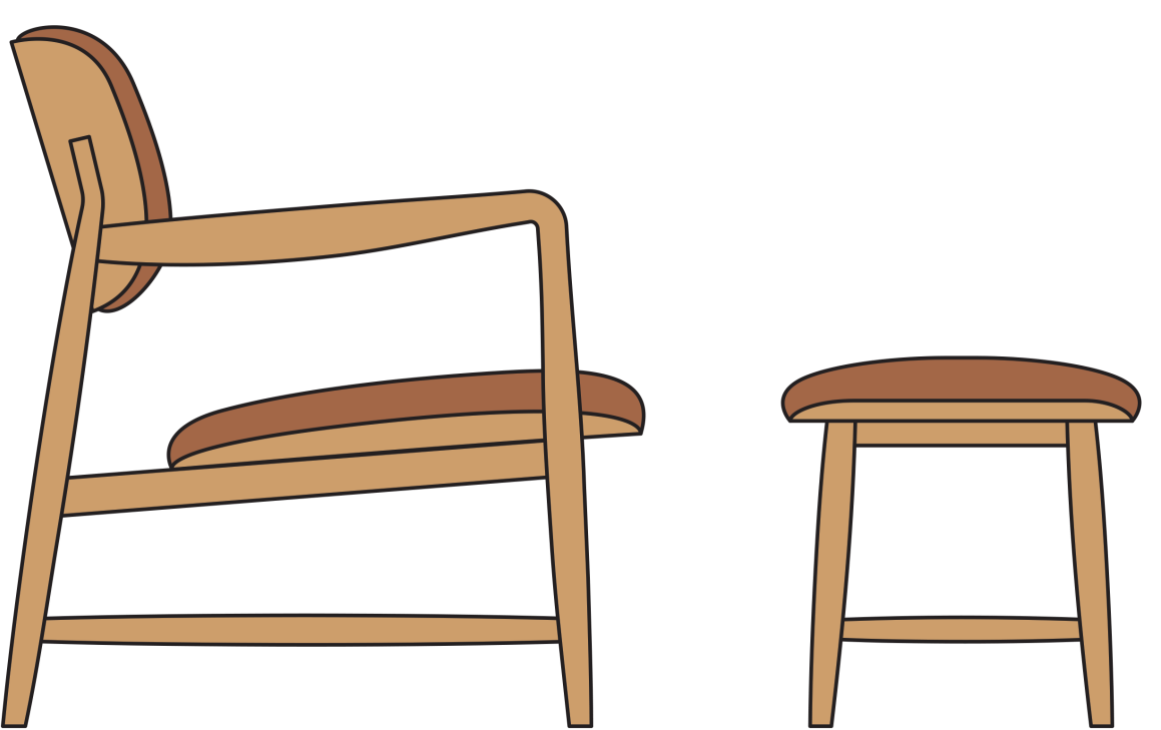
10.
Stone Garden
by Time & Style, 2024
Sadly, we can’t all live in a historic Japanese temple but this Stone Garden collection from Time & Style can bring the same natural materials and contemplative mood into any home. Its low-level seating, made in Asahikawa in Hokkaido, comes with tatami mats or cushions to encourage relaxation and more appropriate posture.

Spain, for designs as sunny as España
Spanish design is celebrated for its vibrant and playful character, which is in step with the national temperament of the sundrenched country. With a heritage of craft as well as manufacturing facilities that are still going strong, when it comes to design, it’s safe to bet on Brand España.
11.
Tatu lamp
by André Ricard for Santa & Cole, 1972
Named after the Portuguese word for armadillo, this lamp has an appeal that has endured since it was released in the 1970s. Conceived by Catalan industrial designer André Ricard, Tatu takes its inspiration from the focal glow of aeroplanereading lights. With three independently rotating sections and an adjustable beam, Tatu is best suited to quiet and focused activities.

12.
Suricata desk
by Inma Bermúdez for Sancal, 2025
This versatile desk-and-stool piece is inspired – and named after – the inquisitive suricata, which is Spanish for “meerkat”. The desk embodies the energy and dynamism of the small mammal, while encouraging active sitting. Available in a natural maple veneer or a colourful range of wood stains, this desk can turn even the smallest of spaces into a stylish study.

13.
Altar table
by Miguel Milá for Kettal, 2023
Barcelona-born designer Miguel Milá created this table in the mid-1960s as an altar for his wedding. Later it became part of his everyday use. Though not mass-produced at the time, Kettal picked up the patent for this simple yet charming design in 2023. It’s made from teak and its top comes in a variety of colours and finishes.
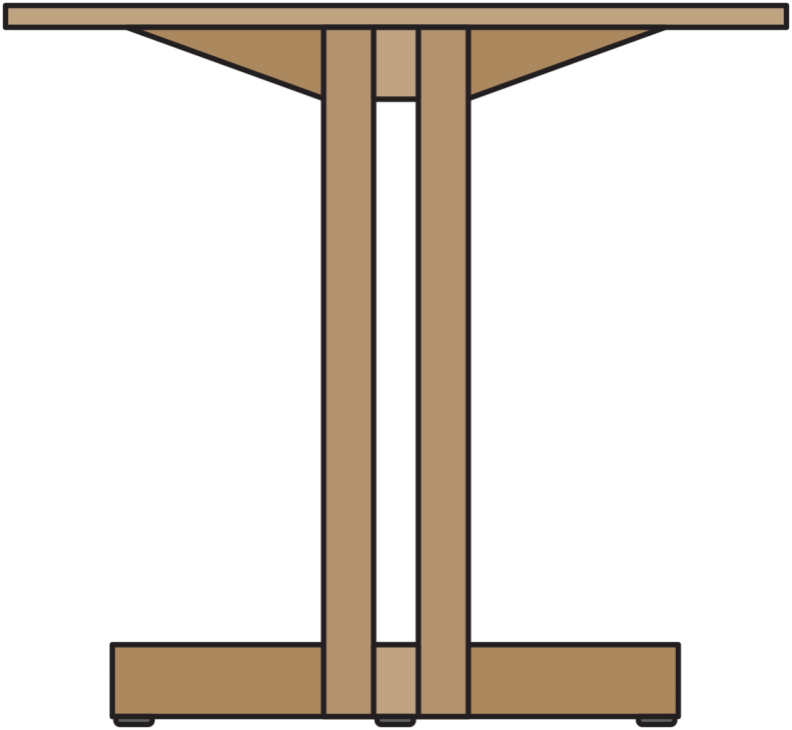
14.
Salvador chair
by Miguel Milá for Trenat, 2013
The elegant Salvador chair highlights not only Miguel Milá’s unending search for simplicity and economy of resources but also his appreciation for existing craft traditions. Manufactured by Trenat, the chair uses natural rattan cane, reed and reed strip or coloured ribbons, blending Mediterranean heritage with modern-day design sensibilities
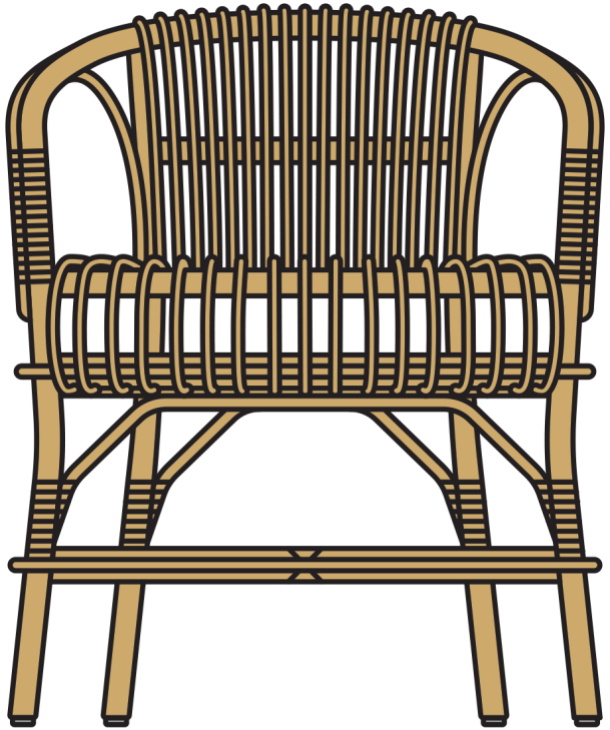
15.
BKF chair
by Antoni Bonet, Juan Kurchan and Jorge Ferrari-Hardoy for Isist Atelier, 1938
Known as the BKF but also the Hardoy, the Butterfly, the Safari, the Sling or the Wing, this chair was designed in 1938 by Spanish architect Antoni Bonet, in partnership with Argentinian design duo Juan Kurchan and Jorge Ferrari-Hardoy. The chair immediately became a symbol of postwar modernity. While many versions exist in the market, Isist Atelier has been handcrafting the original steel-and-leather model to exact specifications since the 1990s.

16.
Tria
by JM Massana and JM Tremoleda for Mobles 114, 1978
Tria, which means “choose” in Catalan, is a shelving system originally designed for Mobles 114 in 1978 by industrial design pioneers JM Massana and JM Tremoleda. The modular unit can be adapted to almost any space thanks to its configurable nature and range of materials, which include oak, walnut and cedar, and colours, such as ochre, orange, green and grey anthracite.
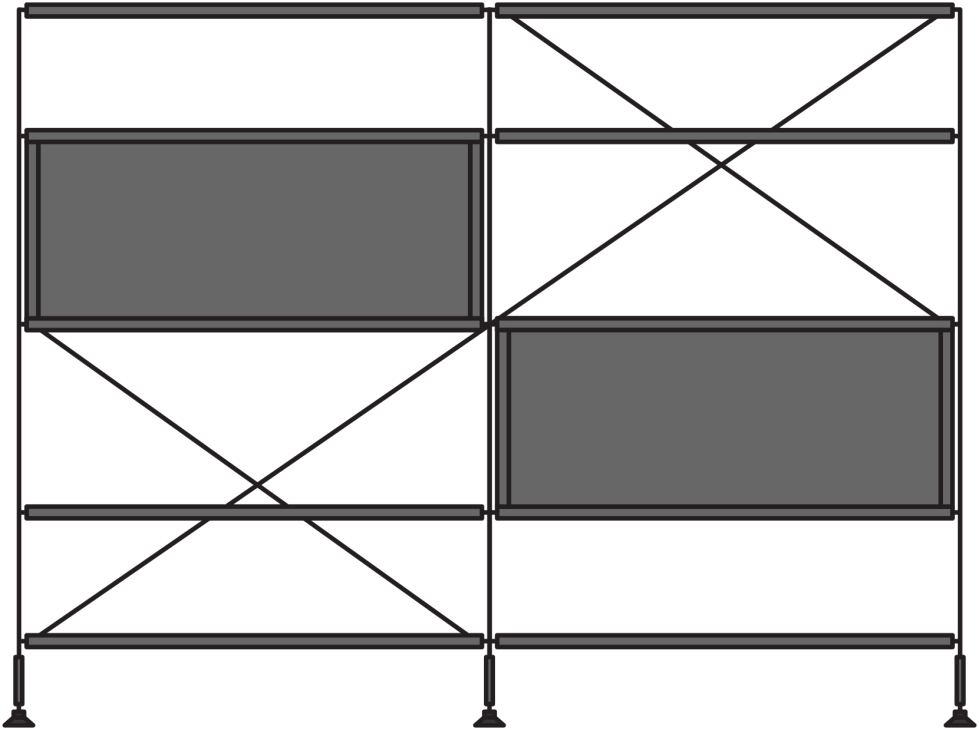
17.
Õru sofa
by Patricia Urquiola for Andreu World, 2022
Spanish architect Patricia Urquiola looked to the design direction of the 1970s and Japanese aesthetic sensibilities to create this curved and low-slung sofa. Its three oar-shaped feet are the result of woodworking prowess combined with cutting-edge industrial technology, all of which is brought together beautifully in the Valencia manufacturing facility of Andreu World.
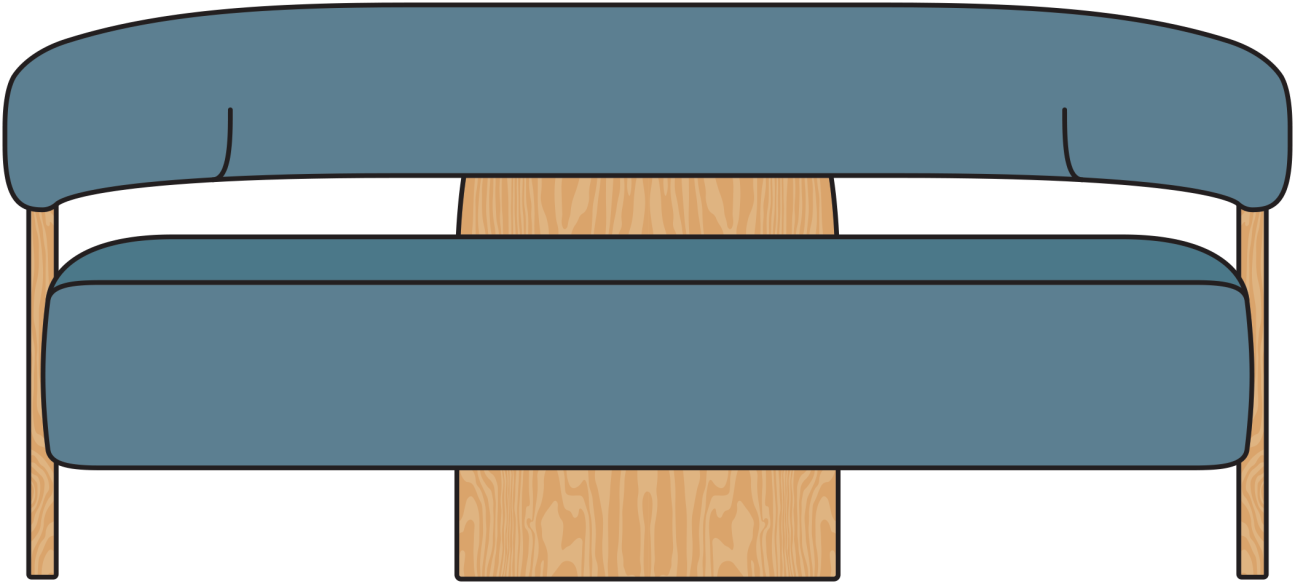
18.
Dipping Light
by Jordi Canudas for Marset, 2018
Jordi Canudas’s lightbulb moment came when he was experimenting with plunging a lit lamp into a vat of paint at repeated intervals. The result is the Dipping Light, an instantly recognisable piece – and a Marset bestseller – that features gradients of colour and casts a warm glow.
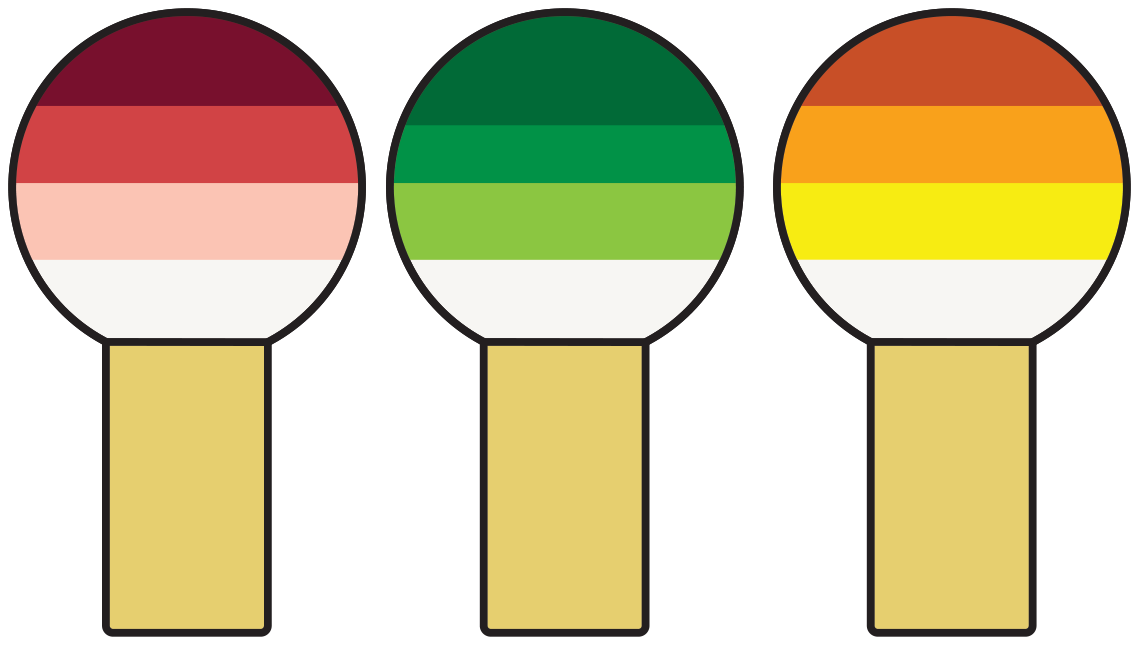
19.
Balensiya
by Gonzalo Milà and Juan Carlos Ines for Indoors, 1991
Balensiya is a sculptural seat with a gentle rocking motion that’s designed for playful interaction. Made from varnished beech plywood and incorporating traditional woodworking techniques, it was designed by Gonzalo Milà and Juan Carlos Ines in the early 1990s. The arch-shaped stool is now issued by Barcelona-based design company Indoors.

20.
Explorer cabinet
by Jaime Hayon for BD, 2019
This cabinet features in Jaime Hayon’s 2019 Explorer collection for Barcelona firm BD. The smooth lines and playful colour of the cabinet take their cues from hot dogs, a simple source of inspiration that exists in fun contrast to the hand-finished and high-gloss lacquer usually found on pianos. The result is a humorous and visually striking yet functional piece.

Switzerland, for quality as reliable as clockwork
The Swiss enjoy a reputation for precise and clean-cut design that is simple, certainly, but never boring. Makers balance function with durability, often using local timber and high-quality metals. To buy Swiss is to invest in the enduring appeal of quality that lasts and lasts.
21.
B77 MK III
by Revox, 2024
Released last year, Revox’s updated version of this classic tape recorder retains the brushed aluminium, dials and restrained design of the original. But its more modern electronics and digital counter bring it firmly into the present. Swiss-engineered, this is a machine for anyone who values outstanding audio quality.

22.
DS-1025 Terrazza sofa
by Ubald Klug for De Sede, 1973
Part-furniture, part-landscape architecture, Ubald Klug’s Terrazza sofa takes its sculptural cues from terraced hills. With its leather layers and modules that can be mirrored, extended or combined, it is capable of forming the dramatic centrepiece of any living room. Manufactured in Klingnau, in the Swiss workshop of De Sede, the Terrazza continues to intrigue more than 50 years after its release.

23.
SBB Clock
by Hans Hilfiker for Mobatime, 1944
With its bold markings and luminous face, Hans Hilfiker’s iconic railway clock is easily legible by day or by night. With its sweeping carmine-red second hand and thick black markings, the pared-back design is recognisable around the world. In Switzerland, the clock is still on proud display in every train station, quietly keeping time on the nation’s comings and goings.

24.
Landi chair
by Hans Coray for Vitra, 1938
Though the Landi chair was designed for the 1939 Swiss National Exhibition, it wouldn’t look out of place at a contemporary design fair today. Made from durable weather-resistant aluminium, its perforated seat and back make it an ideal outdoor companion, while its stackable design ensures practicality.

25.
Rey chair
by Bruno Rey for Dietiker, 1971
Thanks to a patented screw-free wood-to-metal joint, this stackable classic from Bruno Rey combines curved forms with a clean, graceful look. Durable, comfortable and instantly recognisable, it is the first Swiss chair to earn this patent. Moreover, it still feels modern and worth owning to this day.

26.
Wall/Ceiling Lamp
by Georg Gisel for Lehni, 1976
This 1970s lamp by Zürich-born Georg Gisel uses a mirrored bulb to throw light onto a reflective disc, casting a glowing halo that softly illuminates a room. Designed to be used as a wall or a ceiling fixture, it pulls off the rare feat of being minimal, sculptural and atmospheric, all at the same time.

27.
USM Haller system
by Fritz Haller and Paul Schärer for USM, 1963
Built from chrome-plated steel frames and colourful powder-coated panels, the USM Haller system has been helping the Swiss stay organised since the late 1960s. Conceived as modular cubes, the storage units can be endlessly reconfigured. For its functionality, the USM Haller system is one of the undeniable benchmarks of Swiss modernism.

28.
Loop chair
by Willy Guhl for Eternit, 1954
In the 1950s, Willy Guhl bent a single fibre-cement panel into a continuous loop, creating a seat and a backrest in a simple gesture. Made from repurposed roof panels, the chair was discontinued in 1980 because of the presence of asbestos in the material. It was later put back into production – thankfully without the carcinogenic content – and its elegance continues to impress even today.

29.
Spaghetti outdoor chair
by Huldreich Altorfer for Embru, 1948
Huldreich Altorfer’s laidback lounger consists of colourful PVC cords stretched over a tubular steel frame. Stackable and comfortable, it earned the nickname Spaghetti chair thanks to its playful strands, which resemble the Italian pasta. A postwar garden staple, the chair has furnished Swiss terraces for generations.

30.
TMP paper collector
by Willi Glaeser for Thomas Merlo & Partner, 1989
Willi Glaeser was walking around his office when he identified the need for a design that could keep A4 sheets of paper stacked and tidy. The result is this simple steel frame that is functional but also surprisingly discreet. It turns out that Glaeser wasn’t the only person hankering for a quietly stylish paper collector: the design has since sold more than one million units worldwide.

Brazil, for fun pieces with a touch of quirk
Celebrated for its beaches, samba and football players, Brazil should also be acclaimed for its design. The country’s makers know how to infuse the austere with a touch of quirk and create designs that feel elegant but never boring; fun but never gimmicky. This is craftsmanship at its coolest.
31.
Botton lamp
by Jader Almeida, 2023
Designer Jader Almeida’s style revolves around natural, sinuous lines. This quality is on display in 2023’s Botton lamp, a canopy-like structure that bends outward then collapses into itself. Its modest, compact shape lends itself to a variety of settings, from bedside tables and dining rooms to the office.

32.
Mesa cabana
by André Grippi, 2024
Designed by São Paulo-based André Grippi, the Cabana series perfectly combines rattan and wood. Held up by three legs, this table’s amorphous shape is just the right amount of whimsical. With its playful silhouette, Grippi brings Brazilian modernism into the 21st century.

33.
Pé de Ferro armchair
by Lina Bo Bardi, 1950
Lina Bo Bardi was a modernist architect who lived in Milan, Rio de Janeiro, Rome, Salvador and São Paulo. This chair, designed with Giancarlo Palanti, is all tubular shapes, clean silhouettes and white upholstery. As well as being beautiful, it is also functional. As Bo Bardi once said, “It is necessary that the work does not fall from the sky over its inhabitants but rather expresses a need.”

34.
Mole lounge armchair
by Sergio Rodrigues, 1961
Designed in 1961, this armchair is Sergio Rodrigues’s best-known piece. Mole is Portuguese for “soft” but you don’t have to be fluent to guess that. The chair’s leather upholstery, which flaps outward from its base structure like a pair of wings, is equal parts plush and pleasant.

35.
Sleeper chaise longue
by Lucas Simões, 2025
Simões’s Sleeper resembles a chaise longue refracted and reflected back at you in a funhouse mirror. Its concrete base is sci-fi-like, while its undulating, seemingly gravity-defying design adds a touch of the surreal. The name is fitting: this feels like something out of a dream.

Australia, for bold silhouettes and creativity
Laidback attitudes and a landscape of natural beauty inspire Australian design. Here, bold silhouettes and a focus on fabrication and honest materiality underscore all that is important to its creativity and craftsmanship.
36.
Studio K desk lamp
by Bill Iggulden for Planet Lighting, 1962
In the 1960s, designers such as Bill Iggulden put a practical, Antipodean spin on mid-century modern. Case in point is this lamp, which has a sharp armature jutting from a solid metal base, exposing coils and wires. The bulb cover creates a concentrated pool of light in which to work.

37.
Linear Sunlounge
by Tait, 2022
Melbourne-based Tait’s sunlounger is made from marine-grade stainless steel and timber, with a form that’s as sleek as its moniker suggests. Its two-wheel set-up means that it can be easily moved from poolside to backyard patio, making it a hit with those soaking up the sun or unwinding after a barbecue.

38.
Clipped wing side table
by Simon Ancher Studio, 2018
Australian designer and maker Simon Ancher’s side table, which can also be used as a stool, is manufactured in Tasmania and made to order from the state’s famed blackwood timber. The result is a carefully crafted piece with visible, rich timber grains. Small but solid in stature, it’s robust like the Australian island from which it hails.
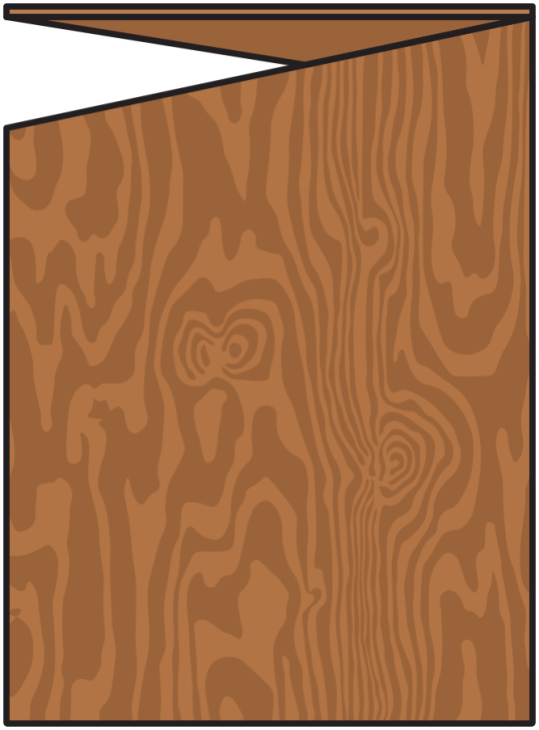
39.
Event Horizon table
by Marc Newson Edition, 1992
Fabricated in spun aluminium with four trumpet-shaped legs supporting a hollow tabletop, Marc Newson’s Event Horizon table was first made by an Aston Martin restoration firm near London. The coachbuilders worked the aluminium in an approach akin to that of glassblowers, creating its bulbous forms.
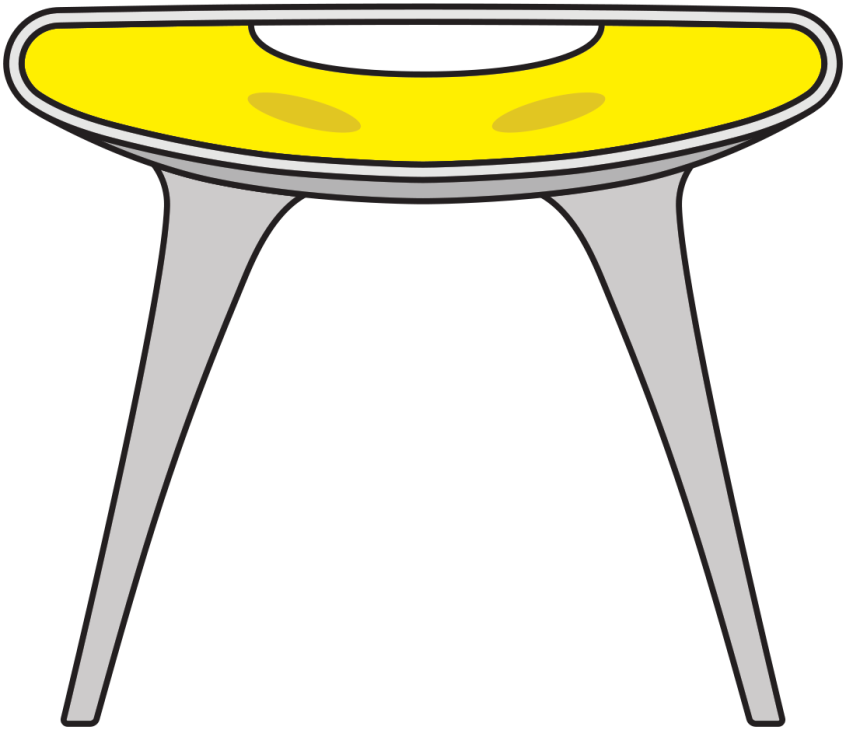
40.
R160 contour chair
by Grant Featherston for Emerson Bros, 1951
This piece’s name sums up Australian designer Grant Featherston’s intent: to create a chair that comfortably contours to the body. The back of the seat curves along the length of the user’s spine, while its plush upholstery and the gentle taper of its ashwood legs make it a treat to look at.



